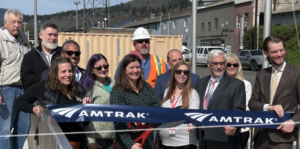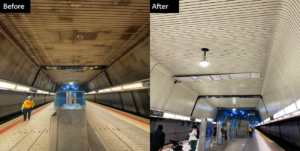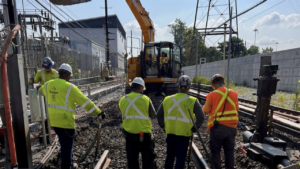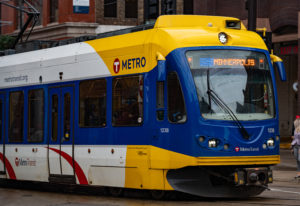USDOT receives unprecedented interest in UTC grant program
Written by Jenifer Nunez, assistant editor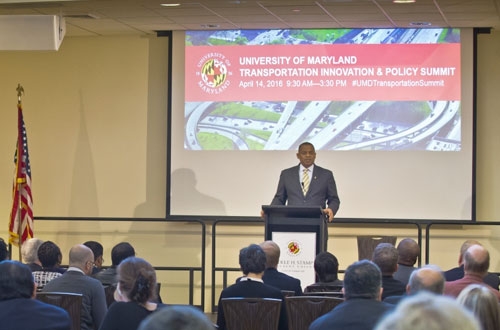
On March 1, the U.S. Department of Transportation (USDOT) announced the availability of $377.5 million over the next five years for grants to support solution-oriented transportation research at colleges and universities under its University Transportation Centers (UTC) Program.
There are two Tier 1 UTCs that focus solely on rail: The University of University of Illinois at Urbana-Champaign (National University Rail Center) and the University of Texas Rio Grande Valley (University Transportation Center for Railway Safety).
The UTC program allows students and faculty to work together toward innovative solutions to the challenges that face the transportation system.
This year, for the first time, two-year institutions of higher education are eligible to partner in the UTC consortia. Funding for FY 2016 provides for awards totaling approximately $72.5 million. A record-high number of 259 letters of intent were received from applicants by the April 1 deadline. This amounts to almost twice as many as in the previous 2013 competition. Full applications are due May 13 and only those who submitted letters of intent by the deadline are eligible to apply.
USDOT plans to meet its anticipated start date of September 30, 2016, for the grants selected through this competition.
“Our colleges and universities are among the best in the world which is why we at [USDOT] have genuinely been excited to have and invest in University Transportation Centers,” wrote U.S. Transportation Secretary Anthony Foxx in a Fastlane blog post April 15. “Since 1987, the UTC program has funded valuable academic research that contributes to the long-term safety and vitality of transportation in America. In short, they are an extension of the vision that will enable improvements to our nation’s surface transportation system.”
The blog post stated that transportation choices made now will need to take into consideration the 70 million more people and 45-percent increase in freight that will be seen in the next 30 years. At USDOT, these numbers and other findings facilitate forward-thinking programs and new approaches to transportation planning.
“UTCs solve problems and create problem-solvers; they extend opportunities to minorities, women, veterans and other underserved groups who represent a largely untapped human resource,” Foxx wrote. “Knowing this and based on what I saw this week, I have no question that they will address these priorities and more.”


